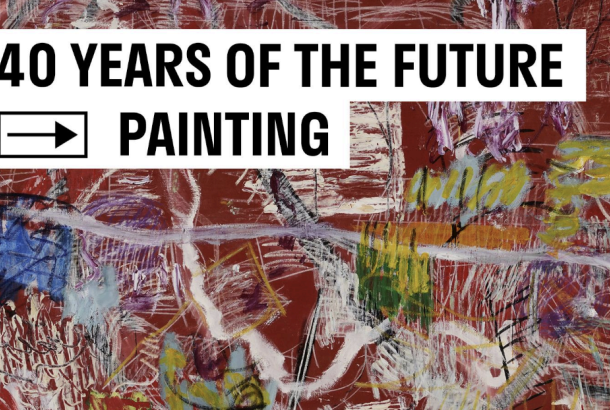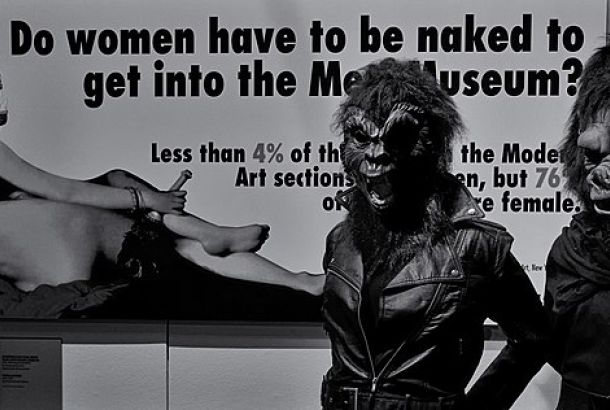‘Coral: Something Rich and Strange’ at the Manchester Museum
By Mancunion
Bobbie Hook gives us a private tour of the Coral exhibition at the Manchester Museum.
Most art history students would probably agree that we don’t get many ‘perks’ from the course… the compulsory trip to Florence/Paris/New York or another exotic escape no longer exists. But recently the second years were treated to what essentially was a personal tour of an exhibition by the curator. Not Paris but pretty special. ‘Coral: Something Rich and Strange’ at the Manchester Museum was curated by Dr Marion Endt-Jones who personally showed us around the exhibition. On till the 16th March, there’s still a little time to catch it. Only one room, it doesn’t take long to meander around and take in the exceptionally diverse uses and studies of coral. The display ranges from an art installation piece to a coral dummy to glass models used to teach natural sciences. The most notable theme of the exhibition is the mixture of science and art…how ‘Leonardo’. But seriously, let’s get interested in coral, it’s pretty well known that due to pollution and the phenomenon of global warming the coral reefs are suffering. Certainly one of the pieces is directly involved in the awareness of corals demise; a community (or rather an international) project where crocheter’s combine their efforts to create a woolly coral reef. Yes the concept is slightly naff, but apparently crochet can create a convincing coral replica, and the unity of crocheters from all over the world have contributed to one of the installations in the exhibition, I even attempted to create such an object myself (this only manifested into my new, limited knowledge of crocheting, not a crochet coral).
The first installation is Mark Dion’s ‘The Bureau of the Centre for the Study of Surrealism and It’s Legacy’ (2005); a room of its own, essentially a replica of a kind of nineteenth century private collection of classified natural and man made objects, however the objects found, chosen by Dion from the museum, are described as unclassifiable. The word in fact, that in terms of natural science, would best describe coral: not quite a plant underwater, could be an animal, above water it could be stone…super ambiguous.
And this perhaps sets the second theme of the exhibition. Leading from the right side of the strategically placed wall, on the left as you enter, (as directed by the curator herself who told us that some visitors go left…please go right), the the blue glowing light of the central element creates the ethereal sense of the wishy washy way coral had been studied/used/portrayed. There are displays of the actually object, hard and stone like, sometimes withdrawn of their colour; natural science studies which re-imbue them with colour and a sense of the softness of it undersea; leading on to the glass models used for studying perhaps with even more colour. Already there’s the idea that coral can very much be described in an artistic sense. The natural lines and fantastic colour are so ethereal no wonder people used to believe it had mystical powers. In the past it was used in jewellery and even dummies to ward away evil spirits and the like.
At this point the exhibition takes a turn and begins to show the more artistic inclusion of coral in contemporary and historical paintings. Marion has included a piece by the recent Tate Modern exhibited artist Ellen Gallagher (definitely worth checking out…sorry for the plug but she’s one of my faves). Part of her ‘Watery Ecstatic’ series, on closer inspection of the plain white expanse of paper, very delicately pasted paper faces of african women are made out, the faces are linked by wave like threads of paper creating the biomorphic shapes similar to the natural form of coral. Marion explained that these figures represented the thousands of africans who died during the crossing of the Atlantic Ocean on the slave ships. There were myths that those lost souls found freedom under the sea and created a new world for themselves. Slightly digressing from the subject of coral, but certainly indicative of its aesthetic influence on art.
But that is exactly one of the ideas that could be taken from this humble exhibition, that the natural attractiveness of coral has directly inspired mystical motifs and artistic expression from its discovery. Marion has chosen objects for a collection that describes the ambiguity of coral as well its subtle influence, while also including an awareness project for the threatened species.
So when you find a spare half hour in the next few weeks stroll over to the not-so-secret gem on campus, and have a gander at this mixture of magical and informative visual feast.







